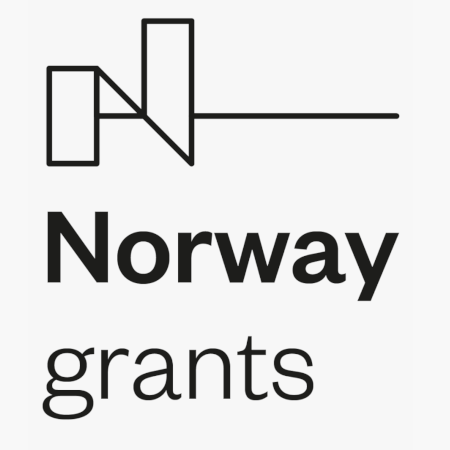It has been a couple of weeks since our last post, so rather than covering a specific topic, this blog will discuss our recent activities, our upcoming plans for the project, and set out an agenda for future blog posts! Last weekend, both Maria and I presented papers at the 73rd annual meeting of the American Research Center in Egypt in Irvine, California. It was wonderful to see old friends and meet new ones, and in my case, it was really nice to be able to deliver an in-person lecture after three years of zoom meetings! More importantly, Maria presented an introduction to the Borderscape Project together with a series of newly created maps showing the settlement pattern from the Naqada I through the 6th Dynasty in our study region. As for myself, I discussed some of my personal research on a particular kind of architectural border: monumental enclosure walls, and their relationship to political power, sovereignty, and anthropological understandings of value. In addition to preparing for the conference, we have been in a planning phase for our project as we strive to get as much work done as possible prior to an extended field season later in the Fall. Indeed, showing our results thus far to a wider audience helped to clarify aspects of our database and categorization system that still require further work.
One particularly tricky aspect that we still have to potentially revise are understandings of periodization—that is to say, how do we reconcile relative Egyptian chronologies (Naqada IIC, Dynasty 0, and so-on) with Nubian chronologies (Early Nubian, Middle Nubian, etc.) and absolute dating methods (in our case this is pretty much always radiocarbon dating, but other projects might also use thermoluminescence dating as well). This also leads to challenges when we consider the variety of cultural groups and the often assumed but not proven chronologies that relate to particular kinds of material culture. In this sense, the Borderscape Project is just a small part of a much wider re-evaluation of Nubian chronological horizons.
We will also be working exceedingly hard on our database in the coming weeks and over the summer, ensuring that we have sufficient information entered so that we can pull relevant data as we transition in the Fall and Winter to writing up our final results. There is also substantial work to be done translating this information into the GIS in a manner that is legible to an audience that has not been with us for hours of discussions both in-person and via zoom!
In other promising news, we were recently made aware that our proposal to obtain TanDEM-X imagery for our study region from the German Aerospace Center (DLR) has been accepted! This is an enormous boon to the project, and we are exceedingly thankful that this has worked out, as we should soon have access to high resolution DEMs for our study area! We had been relying on LandSAT/SRTM data, which is already pretty excellent, with resolutions as low as 30m. The TanDEM-X imagery, however, has a resolution of 12m, so we anticipate that our DEM will be a little over 6 times as powerful: it’s the difference between each raster on our maps covering 900 m2 and 144 m2! Not only will this improve our ability to construct Least Cost Paths, but it also will improve our capacity to construct viewsheds and conduct analyses of the Nile’s floodplain north of the Aswan High Dam! Given the size of our study area, this imagery would have cost something on the order $50,000+ if we had been to purchase it at commercial rates—obviously a prohibitively expensive cost for our relatively small project! We are exceedingly thankful to the German Aerospace Center for granting us access to this imagery for our study region!
Thus, for the foreseeable future, we will be extremely busy working on our database, running spatial analyses using our brand new high resolution DEMs, and tackling some of the larger outstanding questions related to chronological concerns or larger theories about borders. For the purposes of the blog, this means that for the next couple of months I will be focusing a little bit more on established research and theoretical questions rather than highlighting what we specifically have been working on at the Borderscape Project—though we will certainly give updates as soon as they are available. In the following weeks, I’ll begin by discussing how the Pharaonic Egyptians seem to have marked their borders, and how this relates to ideas about territoriality in the ancient world. Later, during the summer, I’ll try to outline some of the complex chronological dilemmas that our project must confront relating to dating rock art and re-evaluating Egyptian and Nubian relative chronologies. Next week, we will be discussing the “nome” system in ancient Egypt!

